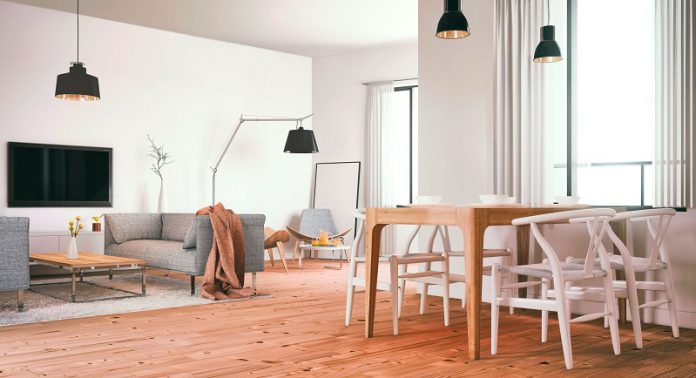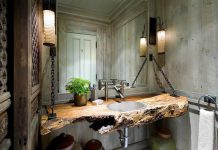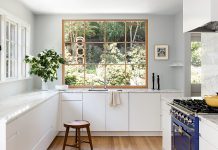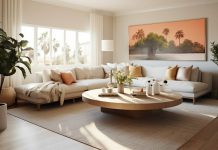Mencoret.com – he beauty of Scandinavian interior design has become increasingly popular in recent times. Scandinavian interior design combines elements from different traditional artistic disciplines such as art, architecture, folk culture, interior design and sculpture. The concept behind this style is to create a calm and relaxing ambiance that is conducive to creativity and artistic expression. Scandinavian interior design focuses on natural materials and color palettes which have grown in popularity over the last few years. In addition, the use of textures such as stone and wood is also common.
Definition of Scandinavian Interior Design
Many designers would describe their Scandinavian interior design as “postmodern”. Scandinavian interior design is an artistic design movement characterized by minimalism, clarity and functionality which emerged in the mid-twentieth century, and then flourished during the 1950’s through the five Nordic countries: Denmark, Finland, Norway, Sweden and Iceland. This movement was initiated by artists who wanted to make everyday items more appealing to the public. Through numerous researches and studies done by them, they discovered that people who are exposed to minimalistic and natural materials are happier and healthier. These days, Scandinavian interior designers are using only the finest woods, textiles and metals to decorate interiors.
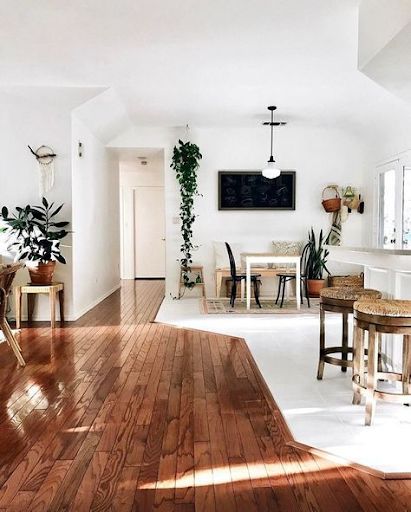
Many interior designers in Scandinavia use Scandinavian interior design principles such as minimalism. Minimalist principles advocate using only key colors, solid floor patterns and simplistic decorative accents. In the case of Scandinavian interior design, the use of colors is limited to two, three colors. This is mainly because they prefer paler colors such as pale yellow, off white or off-white. They also prefer using only floral designs, geometric shapes, stripes, and plaids in contrast to the more colorful European styles.
Using the Best Wooden Furniture
Scandinavian interior designers also prefer using only solid wood walls and baseboards. Solid wood is preferred since it makes it easy to match a color to a specific furniture piece or to the room’s theme. For instance, if a room has a Scandinavian-themed motif, then solid wood pieces are to be used. However, they also use cushions and pillows made of florals, plaids and other fabrics that are usually printed with flowers, geometric designs, and other less obvious designs.
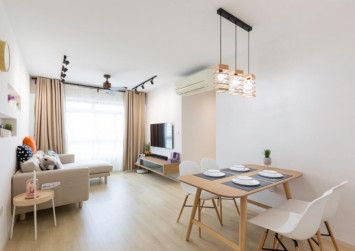
Scandinavian interior design is known for its use of simplicity. This is evident in their use of natural elements. Examples of elements used in Scandinavian decor include bonsai trees (used for creating cozy sitting areas), mosses, ferns, rattan branches, stone carvings and stones. All of these elements help create a warm environment that makes people feel comfortable and at home.
Scandinavian Style Furniture Display
Nordic decor also uses bold geometric shapes and abstract patterns. Nordic decor has a simple yet beautiful appeal which is brought about by the use of ornate architectural details, elaborate wooden paneling, and detailed wall paintings. Ornate architectural details such as the use of gables, arches, pillars, windows and doorways add a more dramatic flair to the overall look of Scandinavian style furniture.
The concept of simplicity often permeates Scandinavian home decorating as well. As a result of their reliance on plain and uncomplicated patterns, many Scandinavians choose to use textiles as their primary form of floor coverings. Textiles, especially wooded ones, provide a warm and welcoming environment that makes people feel welcome.
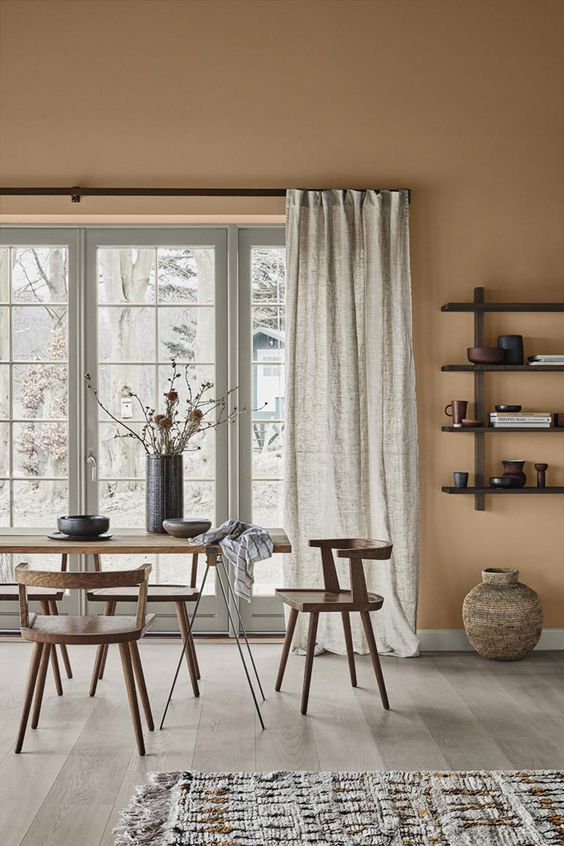
In addition to providing warmth and a homey feel, Scandinavian design also prefers the use of simple patterns, plain colors, and geometric designs. Simple patterns are usually characterized by dark or light-colored squares, rectangles, or circles. Geometric patterns, on the other hand, include nature’s most familiar shapes; for instance, circles and triangles. These basic geometric motifs are used in different sizes and combinations to create complex designs. A good example of a geometrically designed textile would be a wool rug, created with natural fibers from the arctic north.

